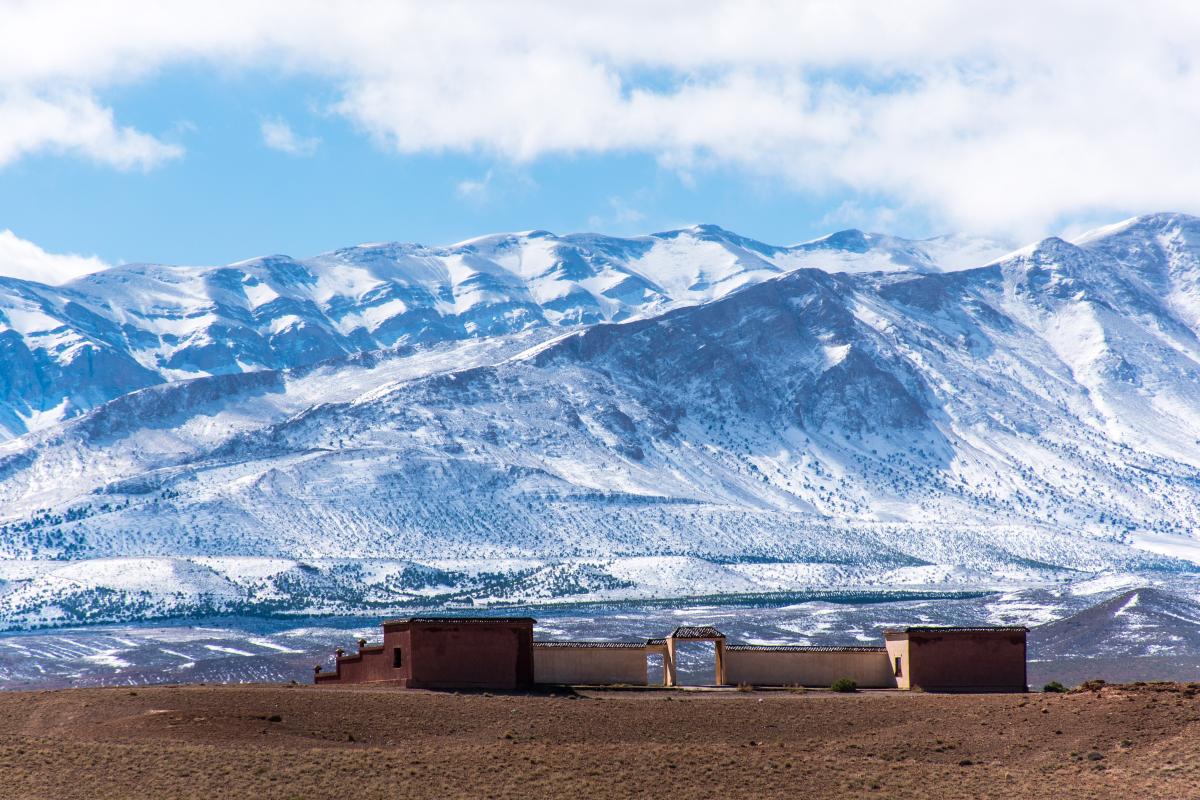
Hiking the Moroccan High Atlas
The Atlas Mountains are a series of mountain ranges that stretch for about 2,500 km (1,600 mi) across Morocco, Algeria, and Tunisia. They form the natural barrier between the Mediterranean and Atlantic coasts and the Sahara Desert, and offer some of the most scenic and diverse landscapes in North Africa. The Atlas Mountains are also home to the Berber people, the original inhabitants of Morocco, who have preserved their culture and traditions for centuries
If you are looking for an adventure that combines hiking, trekking, and stunning views, then the Moroccan High Atlas is the perfect destination for you. The High Atlas is the highest and most rugged section of the Atlas Mountains, with peaks reaching over 4,000 meters (13,000 feet), including Toubkal, the highest point in North Africa.
There are many trails and routes to explore in the High Atlas, ranging from easy day hikes to challenging multi-day treks. You can choose to hike independently or join a guided tour with a local company. Either way, you will need to prepare well for the weather, terrain, and altitude. You will also need to respect the local customs and etiquette of the Berber villages that you will encounter along the way. Here are some of the best hikes in the Moroccan High Atlas that you should not miss.
Toubkal Ascent
Toubkal is the most popular and iconic hike in the High Atlas. It is also the most challenging one, as it involves climbing to an altitude of 4,167 meters (13,671 feet) in two days. The hike starts from the village of Imlil, where you can hire a guide, a mule, and a cook if you wish. The first day is a gradual ascent to the refuge at 3,200 meters (10,500 feet), where you will spend the night. The second day is an early start to reach the summit before sunrise. The views from the top are spectacular, as you can see the entire High Atlas range and even the Sahara Desert on a clear day. The descent is steep and rocky, so be careful and take your time.
Toubkal Circuit
If you want to experience more of the High Atlas than just Toubkal, then you can opt for the Toubkal Circuit, which is a seven-day loop around the Toubkal Massif. This hike is less crowded and more scenic than the direct ascent, as it passes through remote valleys, lush pastures, and traditional Berber villages. You will also have the opportunity to interact with the local people and learn about their culture and lifestyle. The hike includes some challenging sections, such as crossing high passes over 3,500 meters (11,500 feet) and climbing Toubkal from a different route. You will need a guide for this hike, as some parts are not well-marked or easy to follow.
Ait Bouguemez Valley
The Ait Bouguemez Valley, also known as the Happy Valley, is one of the most beautiful and fertile valleys in the High Atlas. It is dotted with green fields, orchards, and mud-brick houses that contrast with the barren mountains around it. The valley is also rich in history and culture, as it hosts several ancient kasbahs (fortified villages) and rock carvings that date back to prehistoric times. The valley is ideal for easy to moderate hikes that can last from a few hours to several days. You can walk along the valley floor or climb up to panoramic viewpoints and passes. You can also visit some of the local attractions, such as the natural bridge of Imi n’Ifri or the dinosaur footprints of Tabant. You can stay in one of the many guesthouses or homestays in the valley and enjoy the hospitality and cuisine of the Berber people.
Mgoun Massif
The Mgoun Massif is another impressive mountain range in the High Atlas that offers some challenging and rewarding treks. The highest peak is Mgoun at 4,071 meters (13,356 feet), which is the second highest in Morocco after Toubkal. The massif is also known for its deep gorges and canyons that cut through its slopes. One of the most popular hikes in this area is the Mgoun Traverse, which is a four-day trek that crosses from one side of the massif to another. The hike starts from Agouti in the Ait Bouguemez Valley and ends in Boutaghrar in the Rose Valley. Along the way, you will climb Mgoun from its north face, descend into its spectacular gorge where you will walk through water for several hours, and pass through remote Berber villages where you can experience their simple way of life. You will need a guide and a mule for this hike, as it is quite demanding and remote.
Tassaout Valley
The Tassaout Valley is a hidden gem in the High Atlas that is rarely visited by tourists. It is a long and narrow valley that runs parallel to the Mgoun Massif, separated by a high ridge. The valley is home to some of the most authentic and isolated Berber villages in Morocco, where the people still live in harmony with nature and follow their ancestral traditions. The valley is also a paradise for hikers, as it offers stunning views of the Mgoun Massif, lush terraces, and ancient kasbahs. You can hike along the valley from one village to another, or climb up to the ridge and cross over to the Mgoun side. You can also extend your hike to the neighboring Ait Bouguemez Valley or the Tizi n’Tirghist Pass. You can stay in basic guesthouses or camp in the valley, and enjoy the hospitality and generosity of the Berber people.
Conclusion
The Moroccan High Atlas is a hiker’s dream, as it offers a variety of trails and routes that suit different levels of fitness and experience. You can enjoy the breathtaking scenery of the mountains, the rich culture and history of the Berber people, and the adventure of exploring a wild and unspoiled region. Whether you choose to hike independently or join a guided tour, you will need to plan ahead and prepare well for your trip. You will also need to respect the environment and the local customs of the places you visit. By doing so, you will have an unforgettable experience that will stay with you for a long time.
FAQs
Q: What is the best time to hike in the Moroccan High Atlas?
A: The best time to hike in the Moroccan High Atlas is from April to October, when the weather is generally dry and sunny, and the temperatures are moderate. However, some high passes and peaks may still be covered with snow until June, so you will need to check the conditions before you go. The winter months from November to March are colder and wetter, and some trails may be inaccessible due to snow or ice.
Q: What are the essential items to pack for hiking in the Moroccan High Atlas?
A: Some of the essential items to pack for hiking in the Moroccan High Atlas are:
- A good pair of hiking boots that are comfortable and sturdy
- A backpack that can fit all your gear and supplies
- A sleeping bag and a mat if you plan to camp or stay in refuges
- A warm jacket, a fleece, a hat, gloves, and a scarf for the cold nights and mornings
- A waterproof jacket and pants for the rainy days
- A sun hat, sunglasses, sunscreen, and lip balm for the sunny days
- A headlamp or a flashlight for the dark hours
- A first aid kit with basic medications and bandages
- A water bottle or a camelbak that can hold at least two liters of water
- Snacks and energy bars for extra fuel
- A map or a GPS device of the area you are hiking in
- A camera or a smartphone to capture the amazing views
Q: Do I need a guide for hiking in the Moroccan High Atlas?
A: It depends on your level of experience, your itinerary, and your preference. Some trails are well-marked and easy to follow, while others are more remote and difficult to navigate. Some hikes require a guide by law, such as the Toubkal ascent or any hike above 3,000 meters (9,800 feet). A guide can also provide valuable information about the culture, history, and nature of the region, as well as arrange transportation, accommodation, food, and permits for you. However, if you are confident in your skills and knowledge, you can hike independently or with a group of friends.
Q: How much does it cost to hike in the Moroccan High Atlas?
A: The cost of hiking in the Moroccan High Atlas varies depending on your itinerary, your mode of travel, your accommodation choice, and your personal expenses. Generally speaking, hiking in Morocco is relatively cheap compared to other countries. You can expect to pay around $10-$20 per day for food and accommodation if you stay in guesthouses or homestays. If you camp or stay in refuges, you will pay less or nothing at all. If you hire a guide, a mule, or a cook, you will pay around $30-$50 per day for their services. If you join a guided tour with an agency, you will pay around $100-$200 per day for everything included.
Q: What are some of the risks and challenges of hiking in the Moroccan High Atlas?
A: Some of the risks and challenges of hiking inthe Moroccan High Atlas are:
- Altitude sickness, which is a condition that affects some people when they ascend to high altitudes too quickly. It can cause symptoms such as headache, nausea, dizziness, fatigue, and shortness of breath. To prevent or reduce the effects of altitude sickness, you should acclimatize gradually, drink plenty of water, avoid alcohol and tobacco, and take medication if needed. You should also descend immediately if your symptoms worsen or become severe.
- Weather changes, which can be unpredictable and extreme in the mountains. You may encounter rain, snow, wind, fog, or heat at any time of the year. You should check the weather forecast before you go, and be prepared for any conditions. You should also dress in layers, wear appropriate clothing and footwear, and carry a waterproof jacket and pants.
- Injuries and accidents, which can happen due to the rough terrain, the steep slopes, the loose rocks, or the slippery surfaces. You should hike carefully and cautiously, and avoid taking unnecessary risks. You should also carry a first aid kit and a phone or a whistle in case of emergency. You should also inform someone of your itinerary and expected return time before you leave.
- Cultural differences, which can cause misunderstandings or conflicts with the local people. You should respect the customs and beliefs of the Berber people, and follow their etiquette and rules. For example, you should dress modestly, especially in rural areas; you should ask for permission before taking photos of people or places; you should not enter mosques or sacred sites unless invited; you should not touch or disturb animals or plants; you should not litter or damage the environment; and you should tip generously for any service or hospitality you receive.
I hope this article has given you some useful information and tips for hiking in the Moroccan High Atlas. If you have any questions or comments, please feel free to leave them below. Happy hiking!
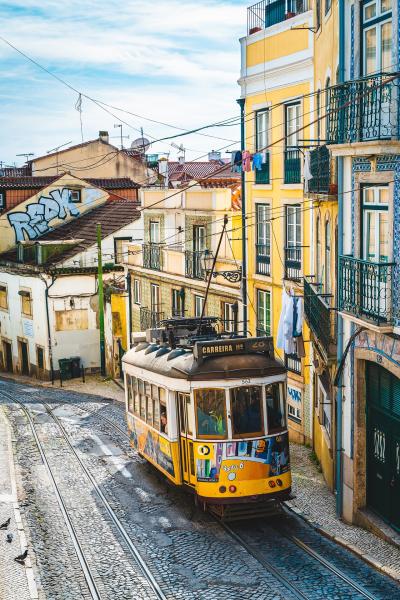
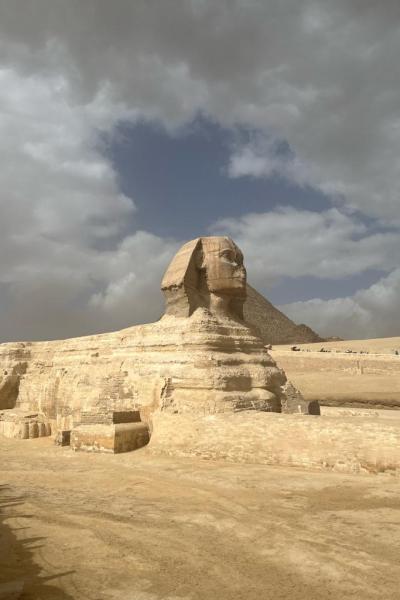
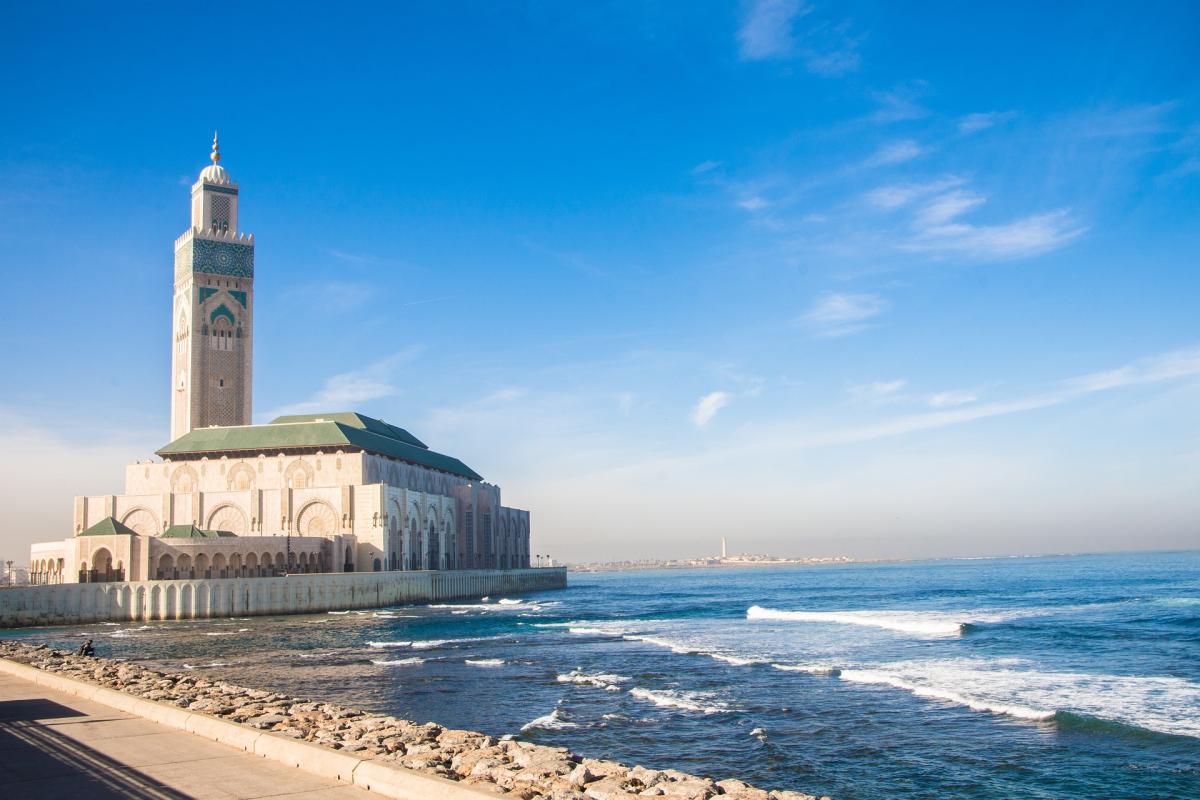
Morocco is a country of dazzling diversity, a place where the senses are awakened by the scent of spices in a bustling souk, the sight of the sun setting over the vast Sahara, the taste of sweet mint tea, and the ancient call to prayer echoing through a labyrinthine medina. It is a destination that offers...
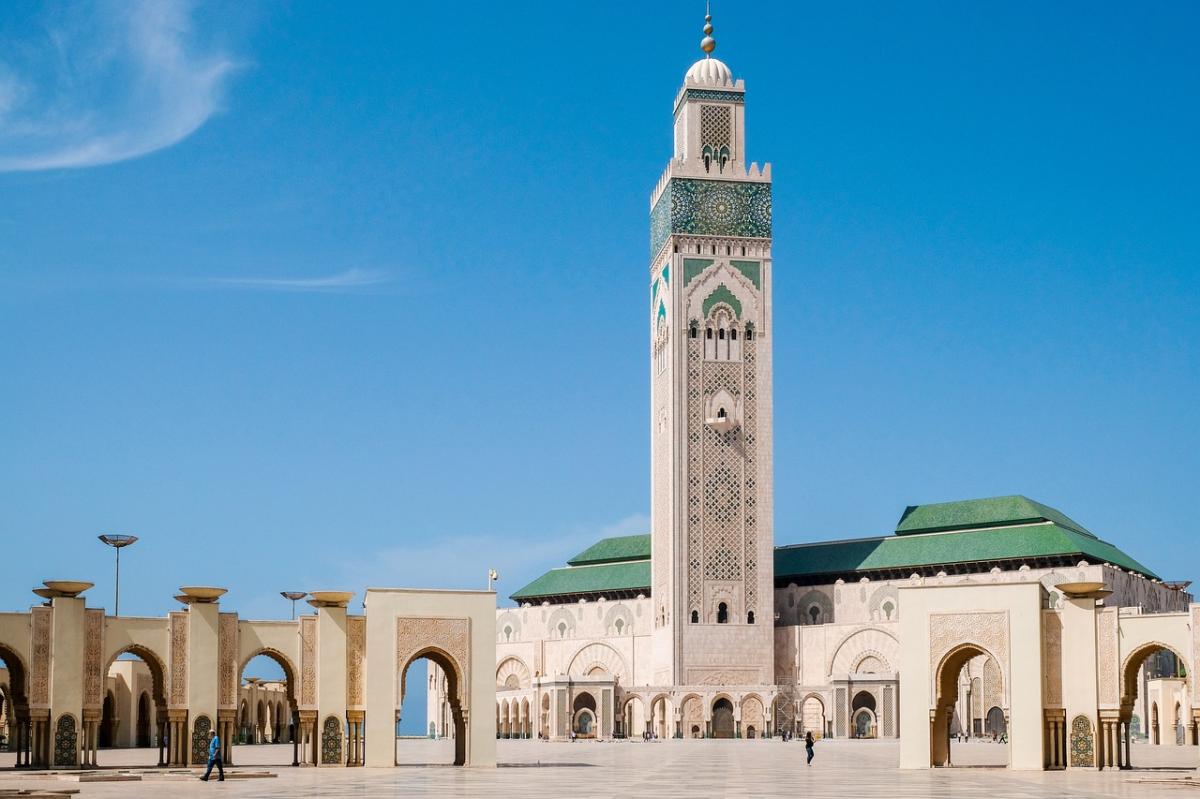
Morocco is a country that captivates the imagination of many travelers. It is a land of contrasts, where ancient and modern coexist, where mountains and deserts meet, where Arab and Berber cultures blend, and where Africa and Europe touch. Morocco is a place where you can experience the richness of history,...
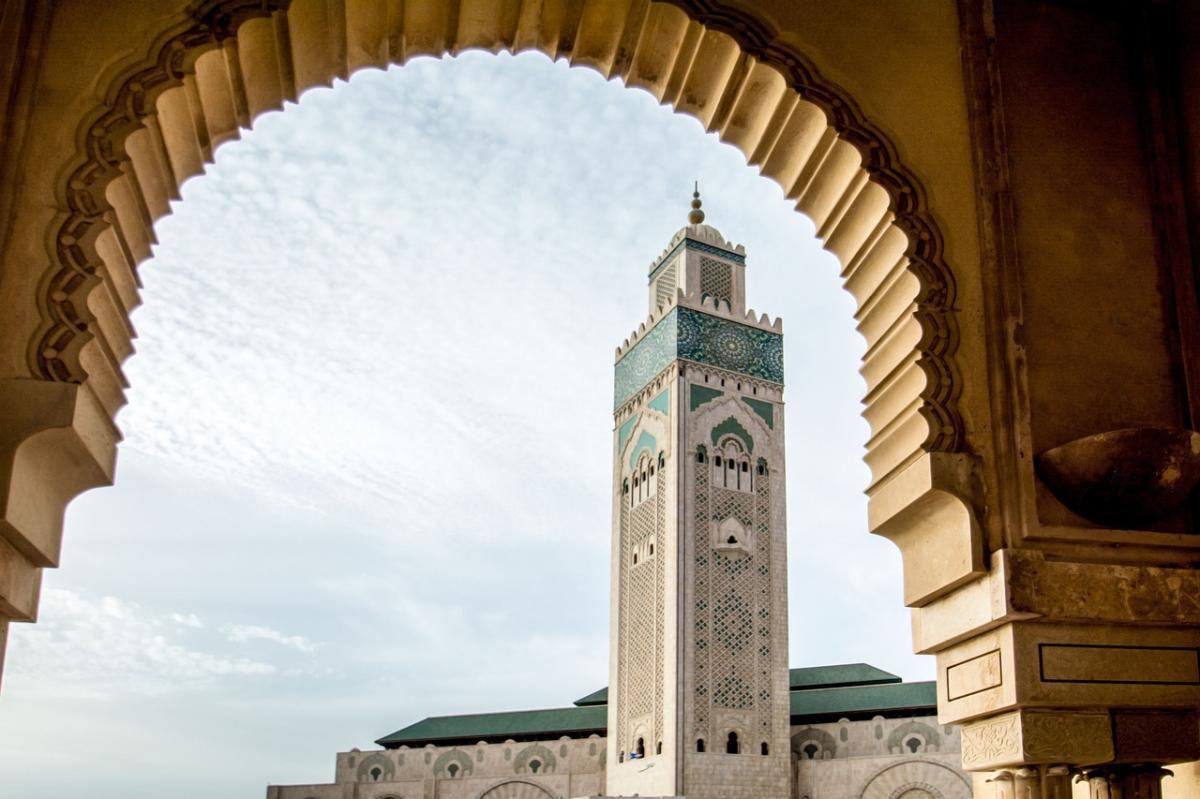
Casablanca is one of the most exciting cities in Morocco. It is a vibrant, lively city with plenty to offer visitors and locals alike. Situated on Moroccos Atlantic coast, Casablanca offers a unique blend of old-world charm and modern convenience that makes it an exciting place to explore. As the largest...